What Is Edtech? A Guide. - Built In
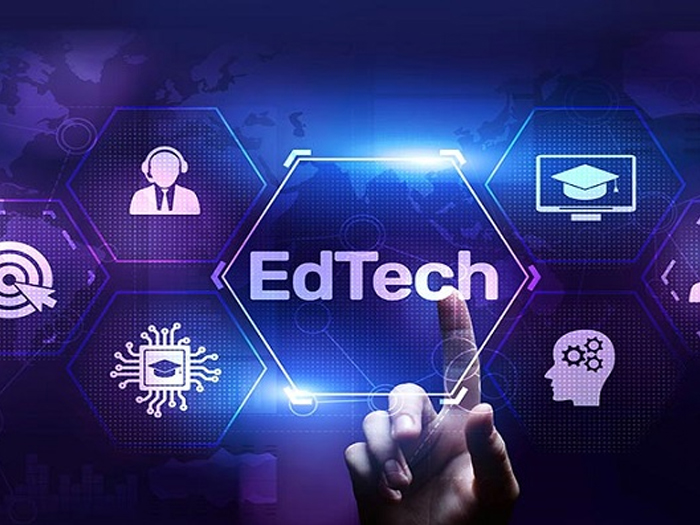
This pandemic has taught us one of the most important thing and that is “no pandemic can effect education and health based industries.” Combination of education and technology is a new way of learning. EdTech, is an area of technology that is dedicated solely to the development and application of tools that aim to promote education. Technology alone isn’t going to improve student achievement. The best combination is teachers working with technology to engage students in the pursuit of learning they need. Some of the best Edteach companies around the world are: Byju’s, Blackboard, Coursera, Chegg, Knewton and Dreambox learning. We are going to talk about how education and technology are going hand in hand to provide the best to the students around the globe.
Let’s explore how technology is helping in education sector!

Long distance learning
Education will never be the same this pandemic has taught us. Edteach has proven to be the biggest enabler in allowing students to learn through long distances. With the help of Edteach software, teachers can teach students from any corner of the world. Edtech enables educators to design holistic curriculums with vocations at the heart of the learning processes and prepare learners for a tech-oriented future. Technology is also helping the students to learn easily and in a smart manner. Teachers can teach through different apps like Zoom, Google meet, Microsoft Teams etc. the future of education has already changed.
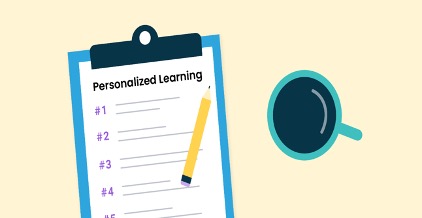
Personalised education experience
Using technology for personalised learning is one of the effective way of learning. Personalized learning is all about collaboration between the student and teacher. Technology certainly has a major role in this. Technology has helped teachers work with students to develop and enact learning pathways. Students get the chance to assess prior knowledge, teachers can provide personalised learning activities, students and teachers can measure growth patterns. Teachers can use technology for personalized learning to do this quickly, powerfully, and truly enhance their instruction if done correctly.
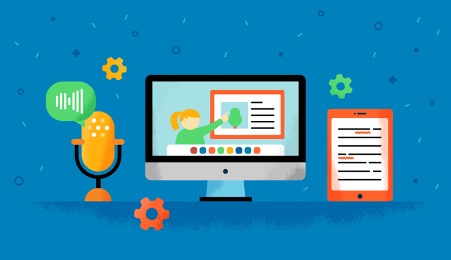
E-learning products
Teachers should use multiple education tools to enhance the learning of the classroom. Hundreds of tools have been created to facilitate the students like Edmodo (In this one, teachers can create online collaborative groups, administer and provide educational materials), Socrative (allows teachers to create exercises or educational games which students can solve using devices), Projeqt (tool that allows you to create multimedia presentations), Thinglink (allows educators to create interactive images with music, sounds, texts, and photographs) and TED-Ed (educational platform that allows creating educational lessons with the collaboration of teachers, students, animators).
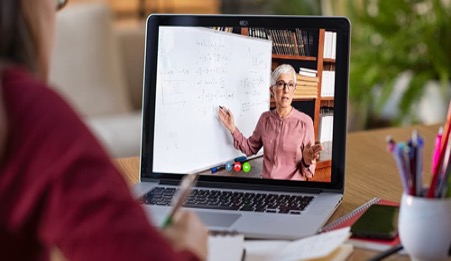
Pre-recorded lessons
Pre-recorded videos usually lead to improved student learning, according to a recent study. Pre-recorded videos allowed educators to fine-tune how they presented information. One of the other benefits of recorded video is that it doesn’t require robust internet connectivity. Videoconferencing often requires high-speed, highly stable internet, while recordings can be “buffered to the user’s device.” Institutions should also ensure that students have both access to videos and proper technical support.
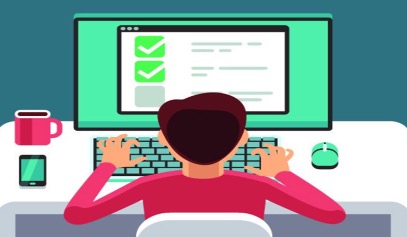
Computer-adaptive learning
Computer adaptive learning is a technology-based or online educational system that analyzes a student’s performance in real time and modifies teaching methods based on that data with the help of computers. It also enhances one’s learning through computer and technology. There are many students who are not much aware about the technology and science behind day to day life but this type of adaptive learning helps the student to learn that also. These are designed to be used as a supplement to teachers’ instructions, and children may face difficulties in working with them independently but time to time students will become aware about these intelligent technologies.
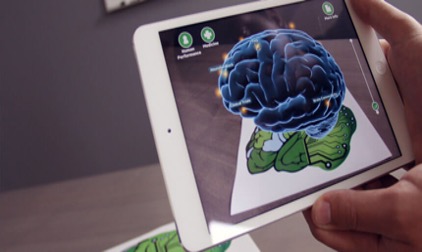
Augmented reality
Augmented reality is “an interactive experience of a real-world environment whereby the objects that reside in the real-world are “augmented” by computer-generated perceptual information, sometimes across multiple sensory modalities.” The use of augmented reality visual content can catch student’s attention. It ensures the engagement and interaction of the students in lessons, as they are seeing and experiencing what they are learning. The teachers can use various apps for 3D and 4D reality, this makes the learning interesting for the learners.
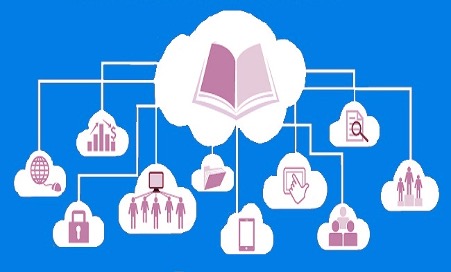
Cloud computing
Cloud computing solves one of the biggest challenge that many schools are facing, lack of infrastructures. Cloud computing is simply the group of computing resources located at various places in the world. Cloud computing guarantees the access to basic data to anyone (students, teachers, parents, staffs, etc) utilizing any gadgets from the workplace. Cloud computing technologies allow institutions of higher education or universities to effectively upgrade communication and learning systems without large-scale capital investments in infrastructure. Several programs based on cloud computing are: Google slides, Apple pages, Dropbox, Capture to cloud, Zip cloud etc.
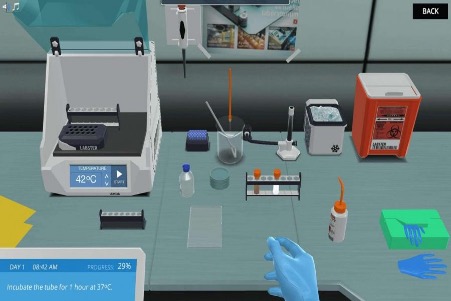
Virtual labs
Virtual laboratories are web applications that emulate the operations of real laboratories. Virtual laboratories can be accessed anywhere without the need for a physical system, and it enables students to practice in a “safe” environment before using real, physical components. It also offer students access to a realistic lab experience that will allow them to perform experiments and practice their skills in a risk-free and interactive learning environment. Using virtual labs, teachers can easily explain complex theoretical concepts to students through a visual, immersive experience that can make it simpler for students to understand. Some of the free available virtual labs are: National Science Digital Library, PBS (Nova Labs), Reactor lab, Line Rider etc.





